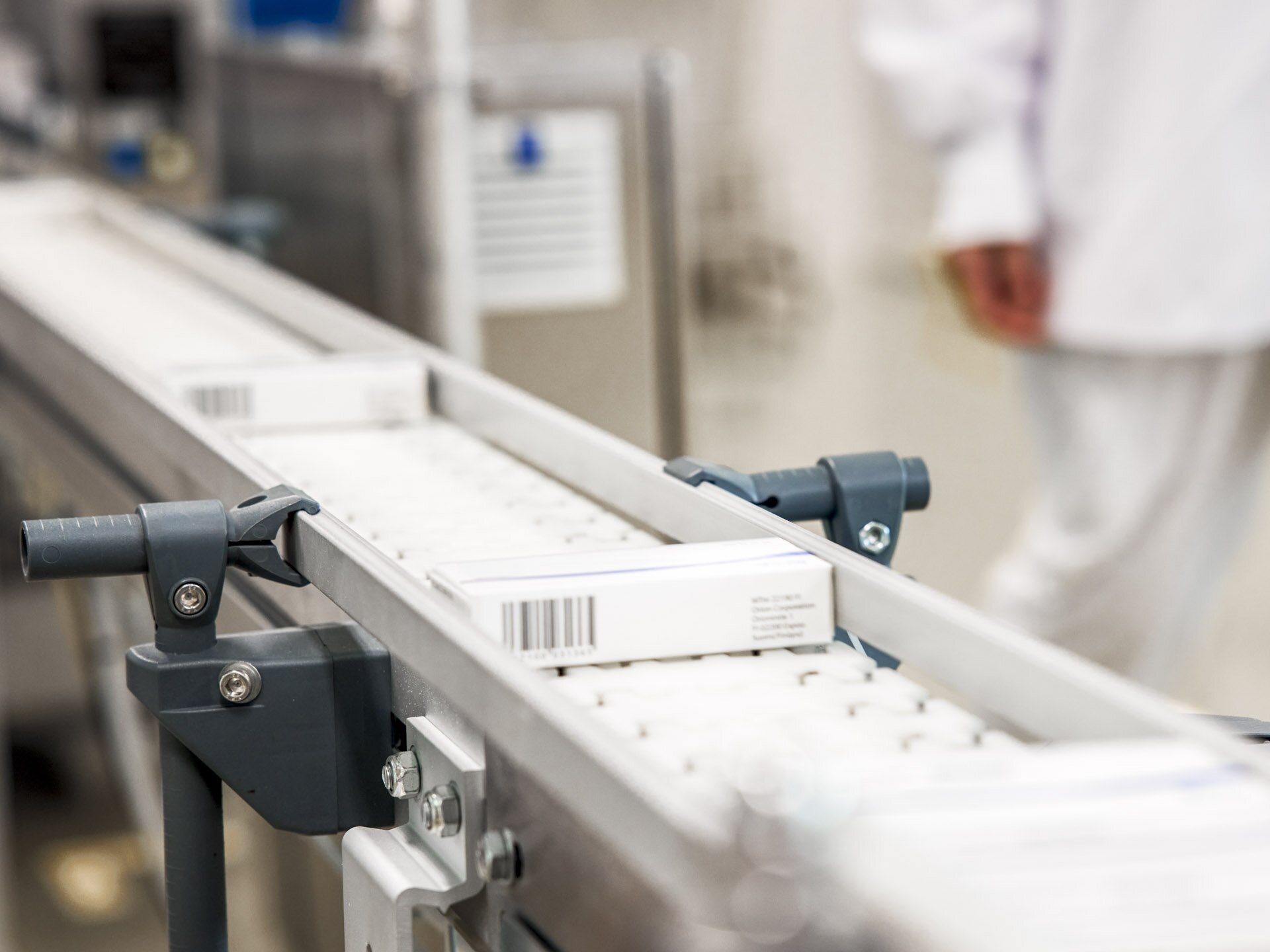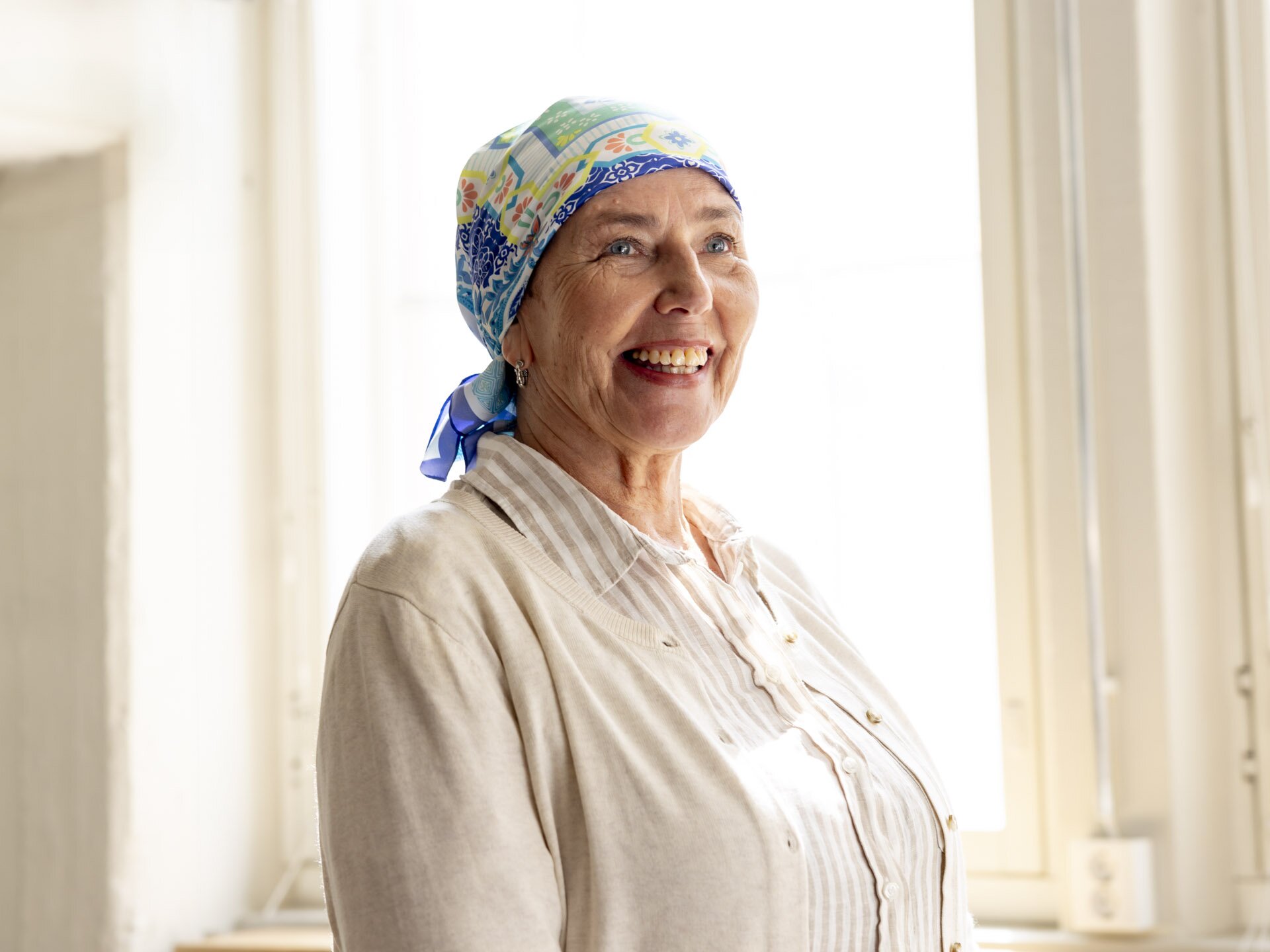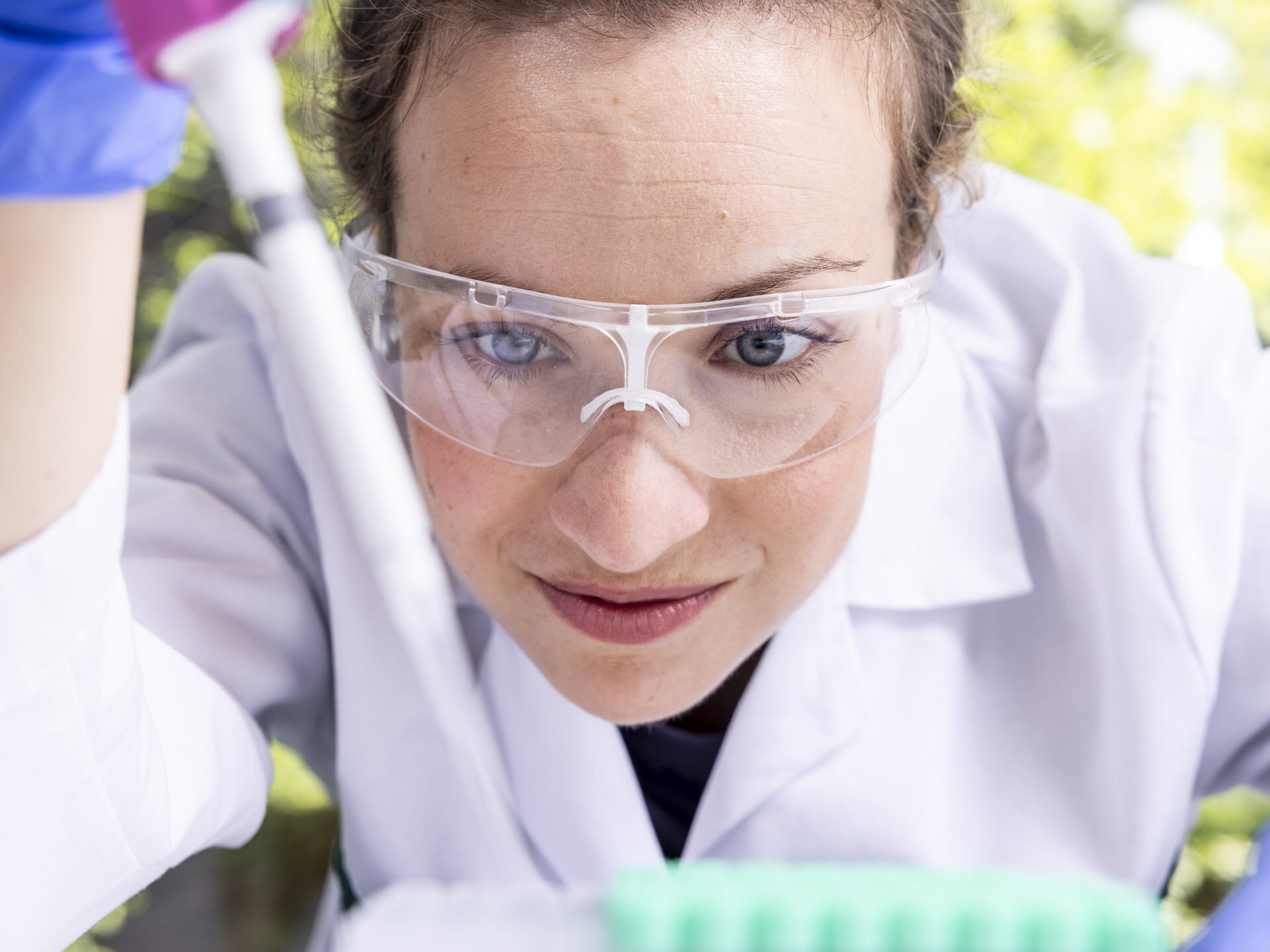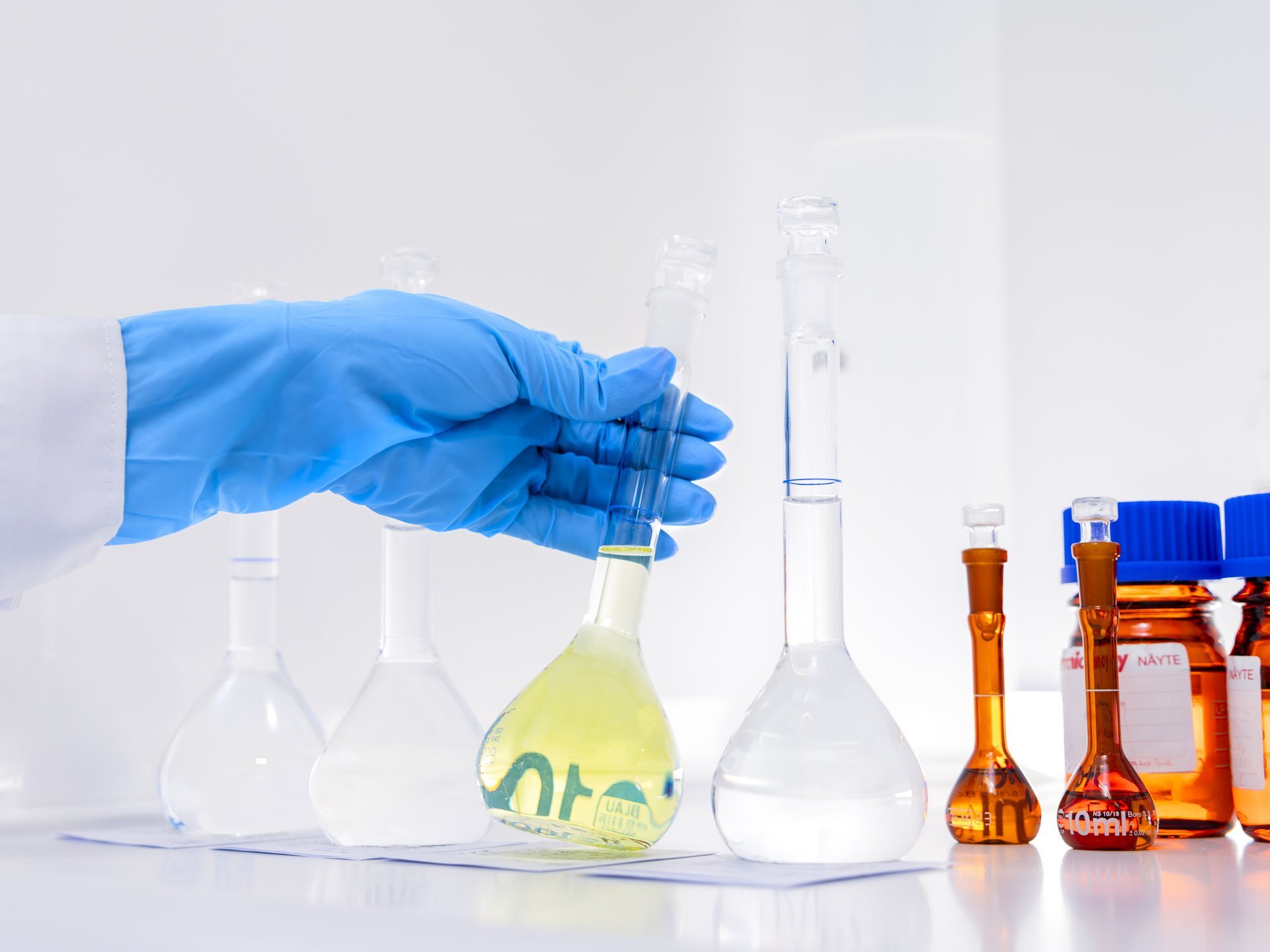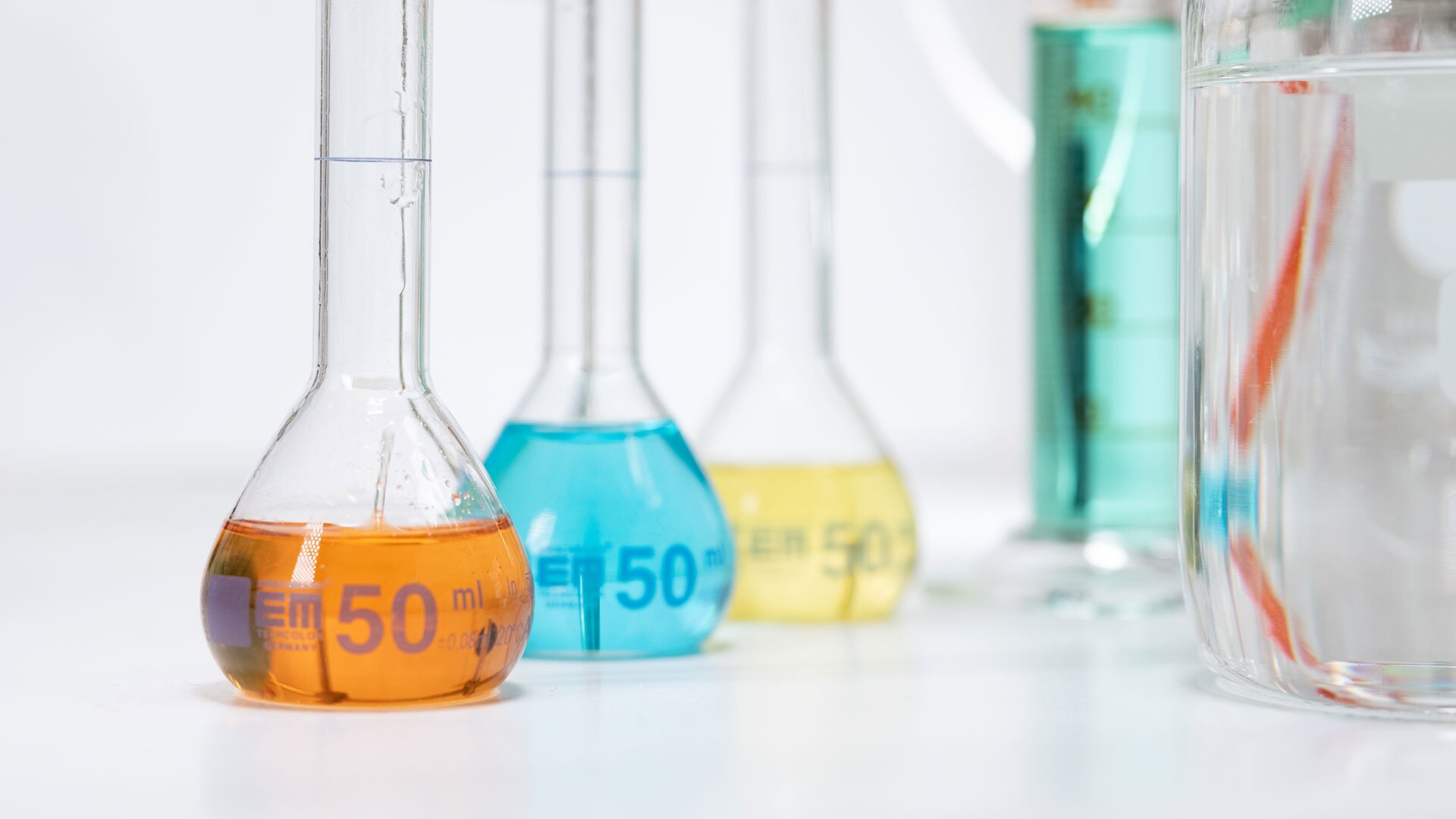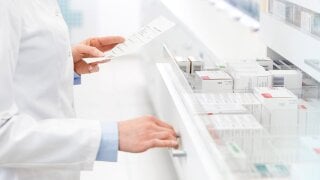A generic drug is a pharmaceutical product parallel to the proprietary drug – that is, the product that was introduced first. The generic and the proprietary drug have the same impact on people or animals and are of equal quality.
Generic drugs must meet the same quality requirements for raw materials, manufacturing and the finished medicinal product as the proprietary drug. The Finnish Medicines Agency (Fimea), the European Medicines Agency (EMA) and the European Commission monitor the quality requirements for medicines that are seeking to enter the Finnish market.
Same quality requirements, different research pipelines
The quality assessment of drugs focuses on the pharmaceutical, chemical and microbiological properties of the medicine and on the manufacturing method. The requirements concern, for example, the concentration of the active ingredient and the pharmaceutical product, impurities and shelf life, manufacturing process parameters and solvent residues. The quality requirements are the same for a generic drug and the proprietary drug.
The development of a generic drug also requires both pharmaceutical and medical expertise. Because the pharmaceutical ingredient in a generic drug has already been tested and studied in clinical use, its efficacy and safety do not need to be studied again. It is therefore quicker and less costly to develop a generic drug than a proprietary drug.
Marketing authorisation for generic drugs
A marketing authorisation must be obtained for a generic drug before it can enter the pharmaceutical market. This is to ensure that the generic drug has the same efficacy, safety and quality as the proprietary drug. The marketing authorisation requires detailed information about the manufacturing process and the quality of the raw materials and the finished product in accordance with EU legislation. In addition, the applicant must demonstrate that the generic drug is absorbed as well as the proprietary drug. However, the appearance, colour or shape of the generic drug may differ from the proprietary drug.
Generic drugs are usually cheaper than proprietary drugs
When a generic drug enters the market, the prevailing market situation determines the price of the product. Normally, the price of the first generic drug to enter the pharmaceutical market is around 50–60% lower than the price of the proprietary drug. Price differences will narrow as more generic products enter the market. Because of the impact of the drug substitution mechanism, the prices of generic drugs may be up to 80–95% lower in certain circumstances.
Appearance may vary, efficacy must be the same
Although the active ingredient is the same, pharmaceutical manufacturers may use different colours and additives in the production of a generic drug, and the shape of the tablet may differ from that of the proprietary drug. Therefore, a generic drug may be different in appearance, colour or shape from the proprietary drug. Different generic drugs may also look different from each other. Despite these differences, the biological efficacy of a generic drug must be similar to that of the proprietary drug.
Generic substitution serves the interest of patients and society
Generic drugs are usually cheaper than proprietary drugs, even though they are equally good in terms of quality, efficacy and safety. The entry of generic drugs into the market creates price competition and forces the original manufacturer to lower the price of its product.
The Finnish Medicines Agency (Fimea) prepares and maintains a list of interchangeable medicinal products. The list includes authorised proprietary drugs and generic drugs that meet the criteria set out in the underlying principles.
Based on the list, pharmacies will substitute a cheaper generic drug for a medicine prescribed by a doctor if it is available on the market and if the doctor or dentist has not prohibited the substitution. This practice is called generic substitution. Through generic substitution, price competition promotes cost-effective drug-based treatment, especially for those on long-term medication, and reduces pharmaceutical expenses for both taxpayers and the government.
Although the prices of medicines decrease as a result of generic drug production, the development of proprietary drugs will not stop. The free competition phase creates the need to develop new proprietary drugs, and their research can be funded by means of the revenue from the pharmaceutical company’s own generic products.
Sources:
- https://www.julkari.fi/handle/10024/144887?show=full
- https://www.fimea.fi/web/en/frequently_asked_questions/generic_medicines
